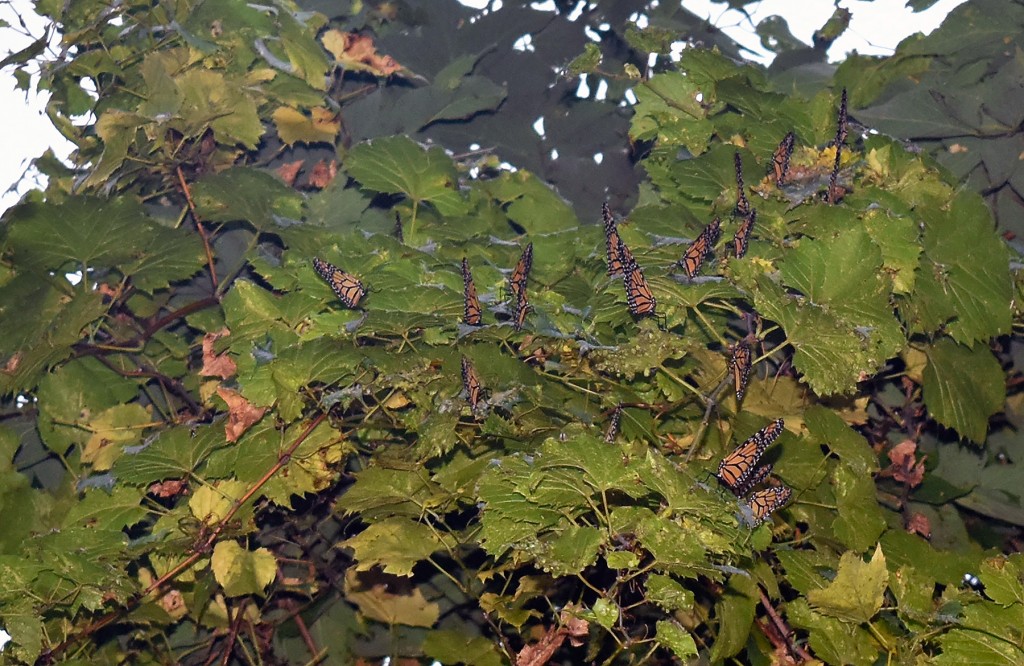Monarch counting
By Alyssa Leonard
Monarch butterflies have had an easier migration year compared to 2016.
The monarch migration across North America is a unique phenomenon that has been happening for centuries. Seen twice a year at Point Pelee National Park, the monarchs sometimes fly from as far north as Ottawa and Quebec and follow the coastline all the way down to the Trans Volcanic Mountains of central Mexico, travelling an average of 4,800 kilometres. The migration from Canada to Mexico takes around two months and is the second longest migration of all known insects.
According to a World Wildlife Fund Mexico’s press release from February, the official eastern monarch count for 2016 was estimated at 146 million. The butterflies covered 2.91 hectares, or almost five and a half football fields. This number showed a 27 per cent drop compared to the previous year of 4.1 hectares and just under half of the long term average of six hectares.
Sarah Rupert, promotion officer at Point Pelee National Park, said the numbers of last year’s count were affected by the unexpected snowfall in Texas on April 1, 2016.
“That weather system hit right when the monarchs were arriving [to lay their eggs], so it really impacted that generation,” said Rupert. “Typically we will see our first monarchs in May but we didn’t see them til close to the end of June last year.”
Prior to that was another snow storm in Mexico in March of 2016. This low pressure system brought rain, followed by hail, snow and sub-zero temperatures, according to Monarch Joint Venture, a leading organization in monarch conservation. Many monarchs were killed due to the freezing temperatures and habitats destroyed by strong winds.
Rupert said she believes the monarch count for this year is doing better.
“In 2016 we probably only had about two generations in [Point Pelee], whereas this year we think it’s probably closer to four generations in between or maybe even more,” said Rupert. “They were able to get further north and reproduce more this year.”
The official count for the 2017 monarchs will be announced sometime in February of 2018.



